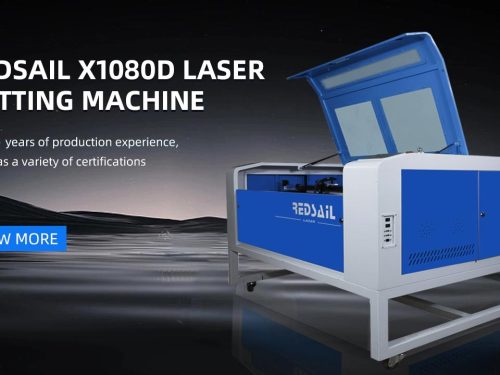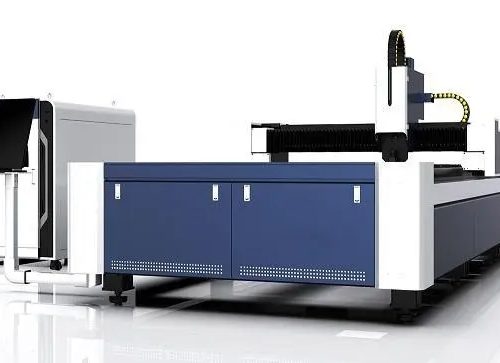
The principle of laser cutting is to melt and evaporate the workpiece with the energy released when the laser beam is irradiated on the workpiece surface, so as to achieve the purpose of cutting and engraving. The cutting accuracy is an important part of measuring the processing effect of laser cutting machine, but the laser cutting accuracy is not entirely determined by the equipment itself, but is composed of many factors. Among them, there are several important factors affecting the accuracy of laser cutting:
1: The size of the spot after the laser beam passes through the focus: the smaller the spot after the laser beam is concentrated, the higher the laser cutting accuracy, especially the smaller the slit, and the smallest spot can reach 0.01mm.
2: The moving accuracy of the table determines the repetition accuracy of laser cutting. The higher the accuracy of the table, the higher the cutting accuracy.
3: The greater the thickness of the workpiece, the lower the accuracy and the larger the slit. Since the laser beam is tapered, the slit is also tapered, and the material with a thickness of 0.3mm is much smaller than the slit with a thickness of 2mm.
4: The workpiece material has a certain influence on the laser cutting accuracy. In the same case, the cutting accuracy of different materials is slightly different. Even for the same material, if the material composition is different, the cutting accuracy will also be different.
So, how can we achieve high accuracy in laser cutting? After many years of practice, several key technologies to improve the machining accuracy of laser cutting are summarized:
One is focus position control technology. The smaller the focal depth of the focusing lens, the smaller the focal spot diameter, so it is very important to control the position of the focal point relative to the surface of the material being cut.
The second is cutting and piercing technology. Any kind of thermal cutting technology, except for a few cases where it can be started from the edge of the plate, generally has to punch a small hole in the plate. In the previous laser stamping compound machine, a hole was punched with a punch, and then the laser was used to cut from the small hole.
The third is nozzle design and air flow control technology. When laser cutting steel, oxygen and focused laser beam are shot to the material to be cut through the nozzle, thus forming an airflow beam. The basic requirements for air flow are that the air flow into the incision should be large and the speed should be high, so that sufficient oxidation can make the incision material fully exothermic reaction; At the same time, there is sufficient momentum to eject and blow out the molten material.
Laser cutting has no burr and high precision, which is superior to plasma cutting. For many mechanical and electrical manufacturing industries, because the modern laser cutting system with microcomputer program can easily cut workpieces of different shapes and sizes (the workpiece drawings can also be modified), it is often preferred over punching and molding processes; Although its processing speed is slower than that of die stamping, it has no die consumption, no need to repair the die, and saves the time of replacing the die, thus saving the processing cost and reducing the product cost, so it is more cost-effective on the whole. This is precisely why it is popular.










